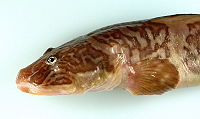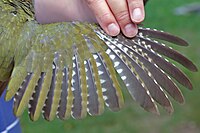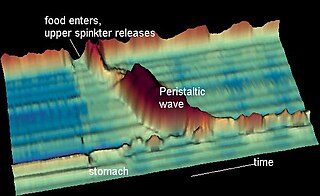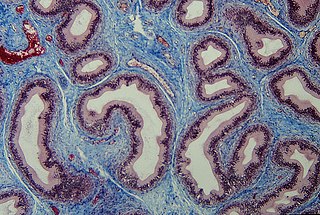Soft bodied locomotion in invertebrates

The term "Soft Bodied" refers to animals which lack typical systems of skeletal support - included in these are most insect larvae and true worms. Animals that are soft bodied are constrained by the geometry and form of their bodies. However it is the geometry and form of their bodies that generate the forces they need to move. The structure of soft bodied skin can be characterized by a patterned fiber arrangement, which provides the shape and structure for a soft bodied animals. Internal to the patterned fiber layer is typically a liquid filled cavity, which is used to generate hydrostatic pressures for movement. [1] Some animals that exhibit soft bodied locomotion include starfish, octopus, and flatworms.
Hydrostatic skeleton
A hydrostatic skeleton uses hydrostatic pressure generated from muscle contraction against a liquid filled cavity. The liquid filled cavity is commonly referred to as the hydrostatic body. The liquid within the hydrostatic body acts as an incompressible fluid and the body wall of the hydrostatic body provides a passive elastic antagonist to muscle contraction, which in turn generates a force, which in turn creates movement. [2] This structure plays a role in invertebrate support and locomotor systems and is used for the tube feet in starfish and body of worms. [1] A specialized version of the hydrostatic skeleton is a called a muscular hydrostat, which consists of a tightly packed array of three-dimensional muscle fibers surrounding a hydrostatic body. [3] Examples of muscular hydrostats include the arms of octopus and elephant trunks.
Fiber arrangement

The arrangement of the connective tissue fibers and muscle fibers create the skeletal support of a soft bodied animal. The arrangement of the fibers around a hydrostatic body limits the range of movement of the hydrostatic body (the "body" of a soft bodied animal) and defines the way the hydrostatic body moves.
Muscle fibers
Typically muscle fibers surround the hydrostatic body. There are two main types of muscle fibers orientations that are responsible for the movement: the circular orientations and longitudinal orientations. [4] Circular muscles decrease the diameter of a hydrostatic body, resulting in an increase in the length of the body, whereas longitudinal muscles shortens the length of a hydrostatic body, resulting in an increase in the diameter of the body. There are four categories of movements of a hydrostatic skeleton: elongation, shortening, bending and torsion. Elongation, which involves an increase in the length of a hydrostatic body requires either circular muscles, a transverse muscle arrangement, or radial muscle arrangement. For a transverse muscle arrangement, parallel sheets of muscle fibers that extend along the length of a hydrostatic body. For a radial muscle arrangement, radial muscles radiate from a central axis along the axis perpendicular to the long axis. Shortening involves the contraction of the longitudinal muscle. Both shortening and bending involve the contraction of longitudinal muscle, but for bending motion some of the antagonistic muscles work synergistically with longitudinal muscles. The amplitude of movements are based upon the antagonistic muscles forces and the amount of leverage the antagonistic muscle provides for movement. For the torsion motion, muscles are arranged in helical layers around a hydrostatic body. The fiber angle (the angle the fiber makes with the long axis of the body) plays a critical role in torsion, if the angle is greater than 54°44', during muscle contraction, torsion and elongation will occur. If the fiber angle is less than 54°44', torsion and shortening will occur. [4]
Connective tissue fibers
The arrangement of connective tissue fibers determines the range of motion of a body, and serves as an antagonist against muscle contraction. [4] The most commonly observed connective tissue arrangement for soft bodied animals consists of layers of alternating right and left-handed helices of connective tissue fibers which surround the hydraulic body. This cross helical arrangement is seen in the tube feet starfish, different types of worms and suckers in octopus. This cross helical arrangement allows for the connective tissue layers to evenly distribute force throughout the hydrostatic body. Another commonly observed connective tissue fiber range is when the connective tissue fibers are embedded within a muscle layer. This arrangement of connective tissue fibers creates a stiffer body wall and more muscle antagonism, which allows for more elastic force to be generated and released during movement. [4] This fiber arrangement is seen in the mantle of squid and the fins in sharks.



















